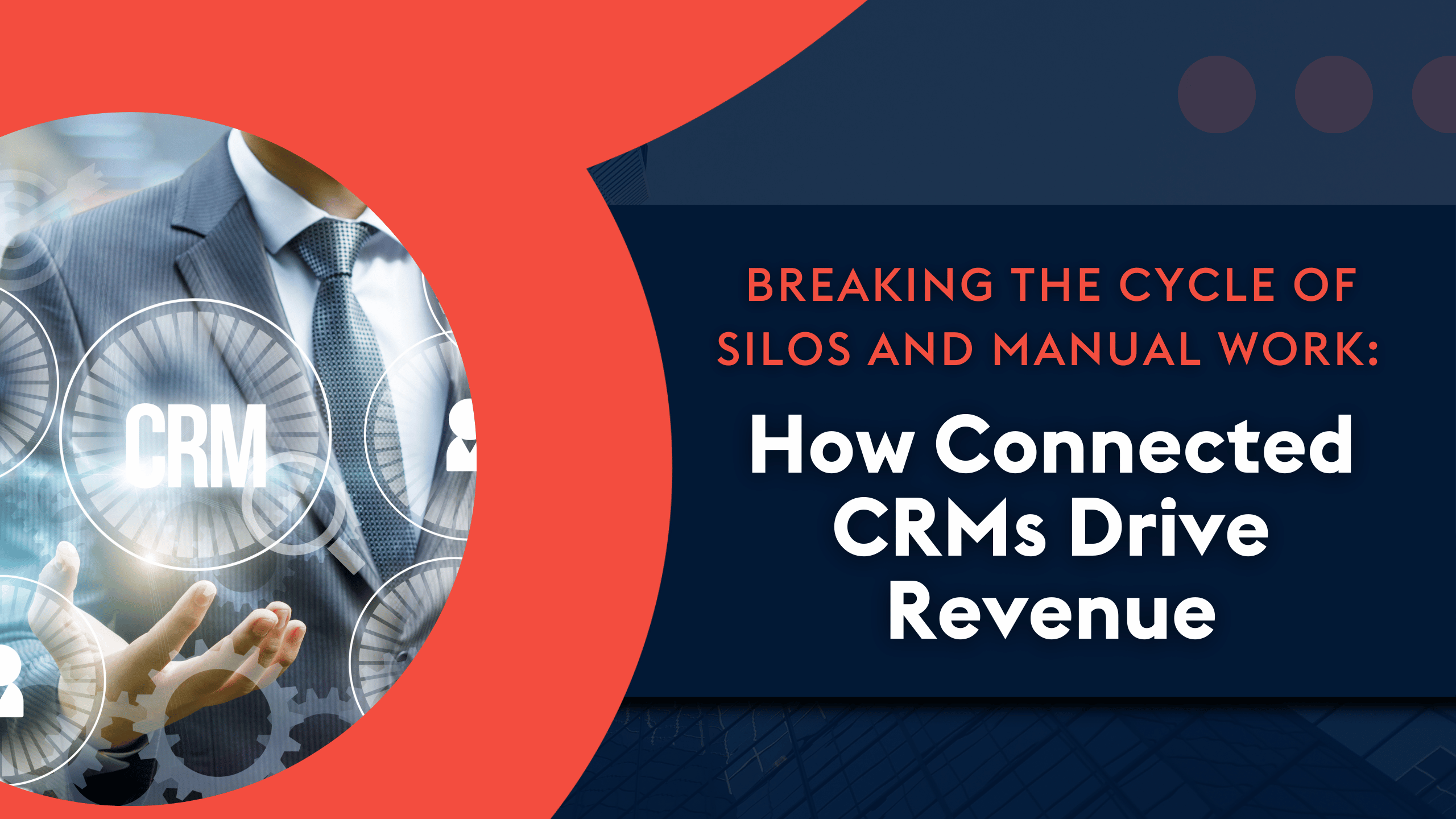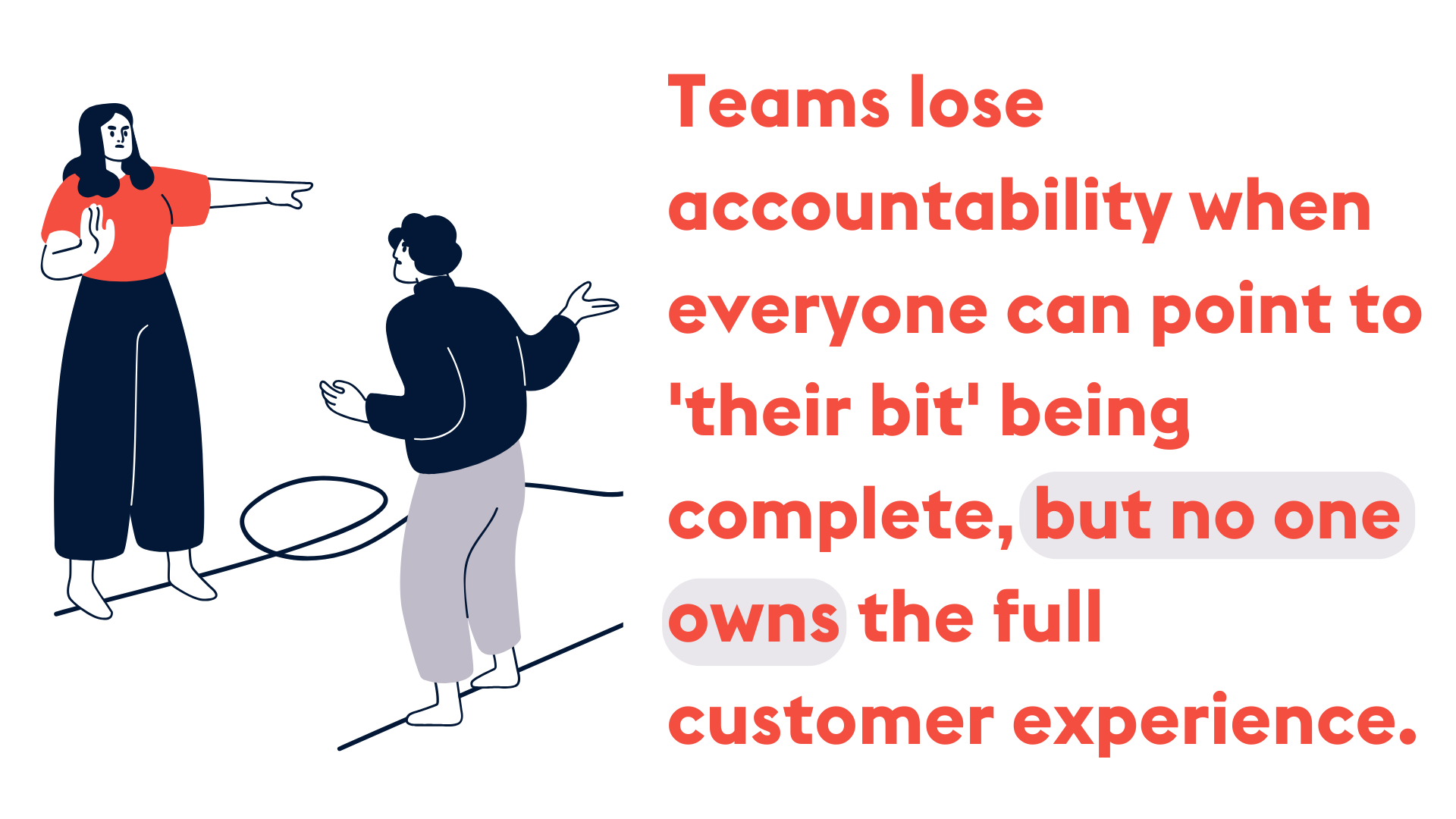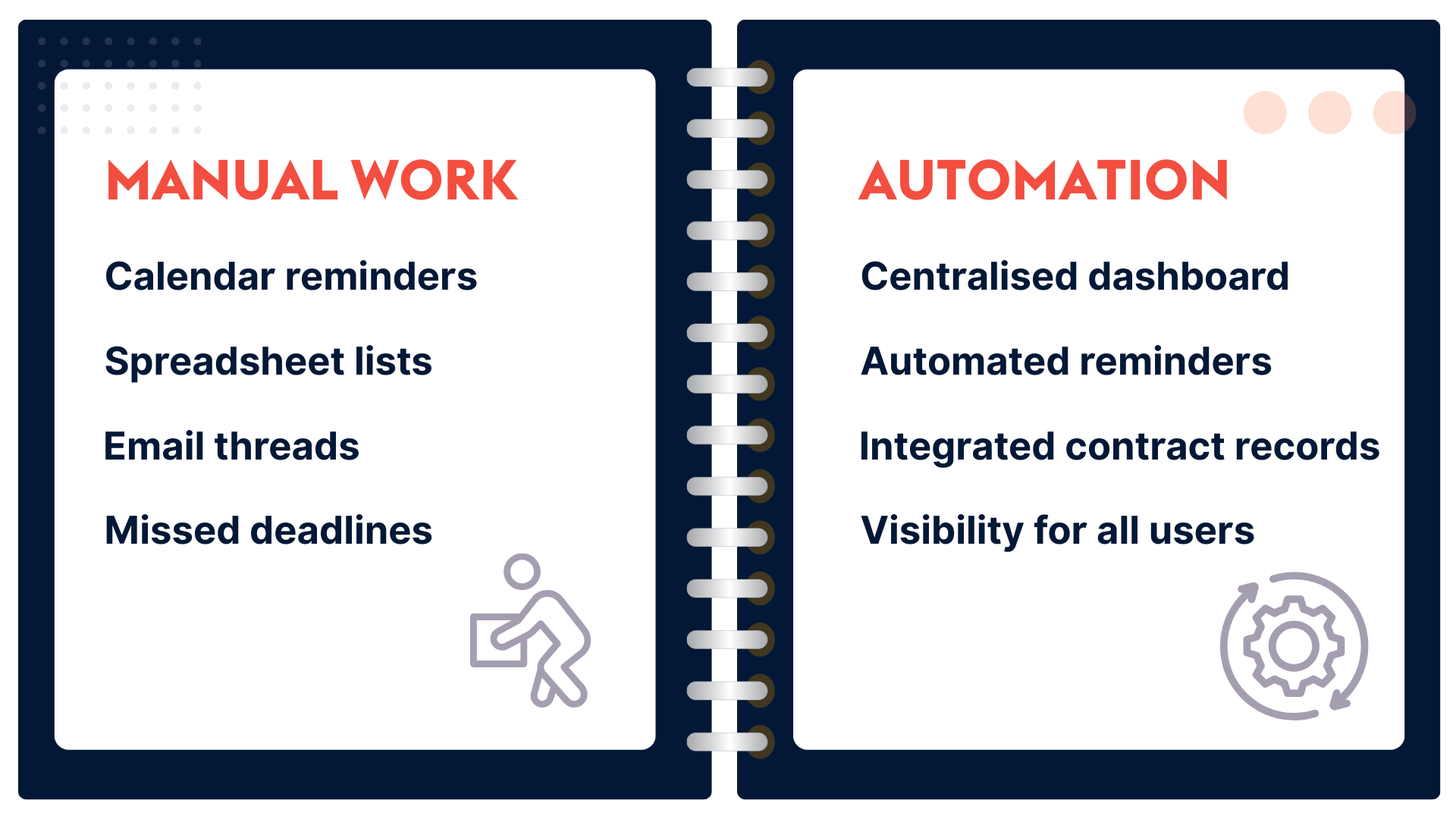
Your data and systems should work seamlessly together, giving teams a unified view.
Too often they don’t.
Gaps in visibility, outdated processes, and fractured systems leave companies flying blind.
The result? Sales and service teams that miss opportunities, forecasting that breaks down, and customer experiences that suffer.
At Provident CRM, we see this across industries every day. Companies invest in great tools and talented people, but without proper integration and clear visibility, those investments create friction instead of flow.
In this article, we’ll explore:
Sales and service are the two engines of growth and retention.
But when sales and service teams aren’t aligned, businesses struggle. Deals are closed without clarity on delivery, and customers are handed over without context.
The impact of this misalignment is twofold: clients don’t get the experience they expect, and the company struggles with inefficiency, missed opportunities, and churn.
The immediate impact? Unreliable forecasting and slower growth.
Teams lose accountability when everyone can point to “their bit” being complete, but no one owns the full customer experience.
Opportunities are missed because sales never see the service signals that could inform an upsell, or service never hears about pipeline opportunities that could help them plan.
Lack of visibility creates frustration for staff and customers alike, even when everyone is doing their job.

Even with modern CRM tools available, many businesses still run on spreadsheets, email folders, and manual reminders. These systems appear to function but quietly sap productivity thanks to:
We worked with one client who managed all supplier contract renewals through calendar reminders. Team members set alerts in their own calendars, without a centralised view of upcoming or lapsed renewals. Inevitably, renewals slipped through the cracks, jeopardising critical supplier relationships.
By centralising contracts in SugarCRM and using built-in modules and automated renewal workflows, they gained complete control of the process. Notifications went to the entire team, new drafts were generated automatically, and every contract was linked to the customer record. What was once a fractured, manual process became a smooth, reliable one.

When businesses consider CRM integrations—with platforms like Xero, Sage, or bespoke systems—the same concerns come up time and again:
The truth is, integrations can be designed to eliminate these risks. Our approach focuses on:
A chemical resin manufacturer needed to integrate their CRM with a specialised sampling system. Sales relied on tracking samples, but manual processes left gaps.
We built a seamless integration that updated both systems instantly. Sales reps now see when samples are ready, chemists receive accurate requests, and customers get reliable timelines.
This removed hours of manual tracking and transformed what had been a frustrating bottleneck into a competitive advantage.
When systems are disconnected, so are reports. Sales teams can see pipeline data. Finance can see invoices. Service can see support tickets. But without a complete view into all systems, leadership can’t see the bigger picture. Connected systems benefit from:
One financial services firm assumed its upsell performance was strong but had no data to prove it. Their legacy systems couldn’t track ancillary services alongside core year-end accounts.
By implementing SugarCRM, integrating their AS400 system, and creating tailored reports, they discovered a clear pattern: specific sectors (tradespeople and cafés, for example) were much more likely to buy additional services.
With this visibility, they restructured their sales strategy, which boosted conversion rates and focused resources where they mattered most.
Dashboards are one of the most underestimated features of a CRM. Done right, they transform how teams prioritise work.
We’ve found that clients prefer grouped dashboards—collections of small, role-specific insights—over cluttered, “big-bang” screens.
For example, a service dashboard might show:
The right dashboards create clarity and speed. In a single glance, staff can see where to focus, and leadership can see where resources are needed.
Clients often underestimate the true value of consolidation.
Running multiple disconnected systems forces staff to constantly remember where information lives. Did that quote go into the order system, the CRM, or the finance platform?
With a connected CRM, everything is in one place.
The benefits go beyond efficiency to:
We’ve experienced this ourselves at Provident CRM. Over the years, we had built up a patchwork of different applications to manage parts of our business.
Each tool served a purpose, but it became cumbersome to remember which system held the right information, and frustrating to jump between platforms just to complete a simple task.
By consolidating into a unified setup with SugarCRM at the centre, and connecting finance tools like Xero where needed, we eliminated that friction. The result has been less time wasted hunting for data across multiple systems and far more time focusing on what really matters: delivering outcomes for our clients.
When we meet with clients to discuss how a CRM could improve their processes, they’re typically looking for three things:
Overly complex CRMs destroy adoption. If a user spends the first hour of their day just trying to enter data, they will lose faith. By the end of the week, the system will be abandoned.
It’s the same as downloading an app: if it’s confusing after ten minutes, it gets deleted.
That’s why we frame CRM projects as a journey, not a destination. You don’t need to do everything at once. Instead, we help clients prioritise what is:
This staged approach ensures both adoption and scalability across the organisation.
Choosing and implementing a CRM isn’t about solving today’s problems alone. It’s about creating a platform that supports growth over the next 12–24 months and beyond.
Our approach includes:
We often use a framework inspired by decluttering. In the ‘keep pile’ are features that are vital from day one. In the ‘donate pile’ are functions to add as the business scales. In the ‘discard pile’ are unnecessary features that will only serve as a distraction.
This method ensures a manageable launch and a clear roadmap for growth.
Every project we work on is shaped by one principle: done for you, done right. Here’s what we can deliver:
The result is a CRM that works, grows, and delivers value every day.
Disconnected systems, manual workarounds, and siloed teams aren’t just frustrating—they’re expensive. They slow down growth, frustrate customers, and erode trust.
A connected CRM changes the story. It centralises your data, automates repetitive work, and gives your teams full visibility.
Still relying on spreadsheets, duplicating data between systems, or struggling with adoption?
Contact us today via the link below to discover how we can help you implement a CRM that unlocks visibility, simplicity, and scalability.